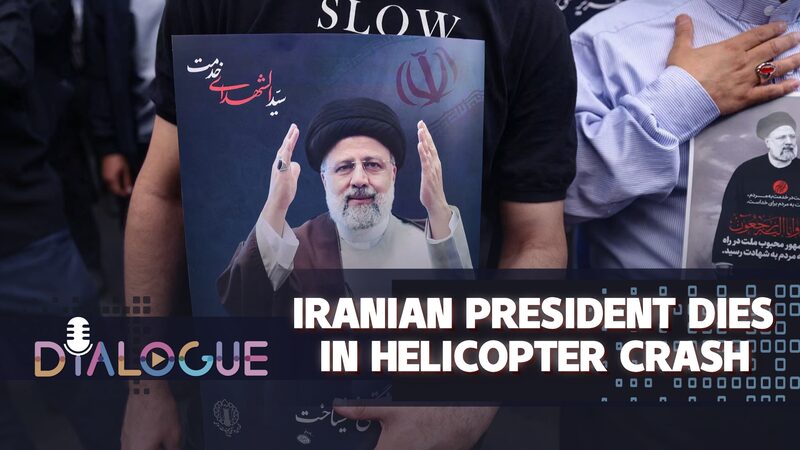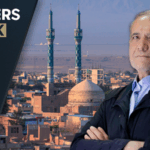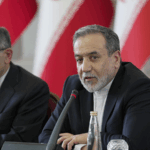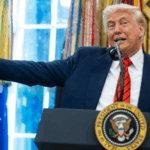Iran’s political landscape just got a fresh face! 🇮🇷 Masoud Pezeshkian, a reformist leader, took office as president this week amid global anticipation. Could his approach thaw frosty ties with the U.S. and reshape Middle East dynamics? Let’s break it down.
The Nuclear Deal: Back on the Table?
Pezeshkian campaigned on reviving the 2015 Iran nuclear deal (JCPOA), promising 'constructive negotiations' with the West. 🕊️ If successful, sanctions hurting Iran’s economy could ease – but hardliners at home won’t make it easy. Think of it like a high-stakes game of diplomatic chess, with both sides eyeing trust-building moves.
U.S.-Iran: A Delicate Dance
From the 1979 Revolution to Trump’s 2018 JCPOA exit, tensions have defined this relationship. Pezeshkian’s moderate tone offers hope, but Biden’s focus on human rights adds pressure. 💬 Can the new president balance reformist promises with conservative pushback? Spoiler: It’ll take more than TikTok diplomacy.
Israel’s Watchful Eye 👀
While the article focuses on U.S. ties, Israel remains wary. If nuclear talks progress, regional security dynamics could shift – but for now, Tel Aviv is playing it cool, waiting to see if actions match Pezeshkian’s words.
One thing’s clear: This presidency could be a turning point. Buckle up! 🚀
Reference(s):
Iran's new president: What it means for ties with the U.S. and Israel
cgtn.com






